Home>Articles>How To Install An Electrical Box In A Finished Wall
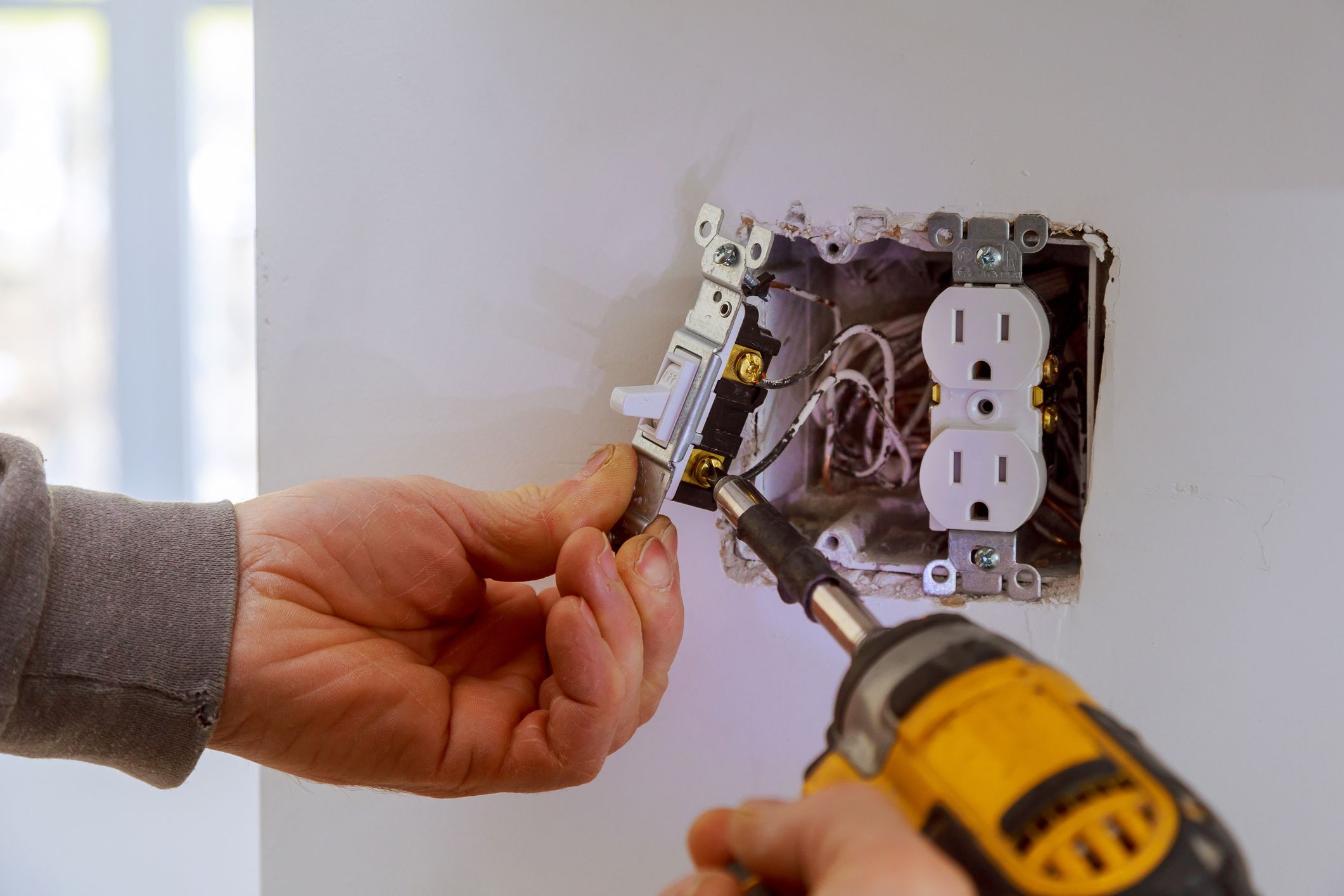

Articles
How To Install An Electrical Box In A Finished Wall
Modified: March 1, 2024
Learn the step-by-step process of installing an electrical box in a finished wall with our informative articles. Explore our expert tips and tricks today.
(Many of the links in this article redirect to a specific reviewed product. Your purchase of these products through affiliate links helps to generate commission for Storables.com, at no extra cost. Learn more)
Introduction
Installing an electrical box in a finished wall may seem like a daunting task, but with the right tools and techniques, it can be done smoothly and efficiently. Whether you are looking to add an outlet, switch, or light fixture, this step-by-step guide will walk you through the process.
Before we dive into the steps, it’s important to note that electrical work should always be done by a qualified professional. If you’re not confident in your abilities or unsure about any aspect of the installation, it’s best to seek assistance from a licensed electrician.
That being said, let’s get started! In this article, we will outline the necessary tools and materials, as well as provide a detailed breakdown of each step involved in installing an electrical box in a finished wall. By following these instructions, you’ll be able to safely and effectively add electrical components to your wall without causing any damage or harm.
So, let’s gather our tools and materials and begin the process of installing an electrical box in a finished wall.
Key Takeaways:
- Installing an electrical box in a finished wall requires careful planning, precise execution, and adherence to safety guidelines. Following the step-by-step process ensures a successful and functional electrical installation.
- Proper preparation, including gathering tools, choosing the location, and testing the electrical connections, is essential for a seamless and safe installation. Prioritizing safety and attention to detail is key.
Read more: How To Install Electrical Box
Step 1: Gather Tools and Materials
Before you start the installation process, it’s important to gather all the necessary tools and materials. Having everything on hand will help ensure a smooth and efficient installation. Here are the tools and materials you’ll need:
- Electrical box
- Screws
- Screwdriver or drill
- Electrical wiring
- Wire cutters/strippers
- Wire nuts
- Electrical tape
- Pencil
- Utility knife
- Measuring tape
- Stud finder
- Drywall saw
- Voltage tester
- Protective goggles and gloves
Ensure that you have all the necessary tools and materials before starting the installation process. This will save you time and prevent any delays or interruptions.
Once you have gathered all the tools and materials, you’re ready to move on to the next step: choosing the location for the electrical box.
Step 2: Choose the Location
Choosing the location for your electrical box is crucial. It’s important to consider factors such as accessibility, functionality, and safety when deciding where to install it. Follow these guidelines to choose the optimal location:
- Identify the purpose of the electrical box: Determine what electrical component you want to install, such as an outlet, switch, or light fixture. Consider the room layout and your specific needs.
- Check local building codes: Familiarize yourself with the local building codes and regulations regarding electrical installations. These codes ensure safety and compliance with electrical standards.
- Locate nearby studs: Use a stud finder to identify the studs within the wall. Electrical boxes need to be securely anchored to a stud or other suitable support.
- Avoid obstructions: Make sure there are no obstructions behind the wall, such as plumbing pipes or air ducts, that could interfere with the installation. Inaccessible areas or areas with obstacles should be avoided.
- Consider the height: Determine how high you want the electrical box to be installed. Depending on the purpose, it may be more convenient to have the outlet or switch at a certain height. Standard height for outlets is around 12 to 18 inches above the floor.
- Draw the outline: Use a pencil to mark the outline of the electrical box on the wall. It should be centered on the stud and aligned with other electrical components in the room, if applicable.
By following these guidelines, you can ensure that the location you choose for your electrical box is safe, functional, and meets the necessary building codes. Once you have determined the location, it’s time to move on to the next step: cutting an opening in the wall.
Step 3: Cut an Opening in the Wall
Now that you have chosen the location for your electrical box, it’s time to cut an opening in the wall. This step requires precision and caution to avoid damaging the surrounding area. Follow these steps to cut an opening in the wall:
- Prepare the area: Clear the surrounding area of any furniture, decorations, or other obstructions. Place a drop cloth on the floor to catch any debris.
- Measure and mark: Use a measuring tape to measure the dimensions of your electrical box. Transfer these measurements onto the wall, ensuring that the center of the box aligns with the previously marked outline.
- Cut the opening: Put on your protective goggles and gloves to ensure your safety. Starting at one of the corners of the marked outline, use a utility knife to score the drywall along the measurements. Then, use a drywall saw to carefully cut along the scored lines.
- Check for obstructions: Once the opening is cut, inspect the inside to ensure there are no hidden obstructions, such as electrical cables or pipes. If any are found, you may need to adjust the location of the electrical box.
- Smooth the edges: Use sandpaper or a utility knife to smooth any rough edges or uneven surfaces around the opening. This will make it easier to install the electrical box later on.
Remember to work carefully and pay attention to detail while cutting the opening. It’s better to take your time and make precise cuts than rush and risk damaging the wall. Now that you have successfully cut an opening in the wall, you’re ready for the next step: preparing the electrical box.
Step 4: Prepare the Electrical Box
With the opening in the wall ready, it’s time to prepare the electrical box that will hold the components securely. Proper preparation ensures a smooth installation process and ensures the safety of the electrical connections. Follow these steps to prepare the electrical box:
- Inspect the box: Before installation, inspect the electrical box for any damage or defects. Ensure that it is suitable for the intended use and meets the necessary electrical standards.
- Remove knockout tabs: Most electrical boxes come with knockout tabs that can be removed to create openings for electrical cables. Determine the open positions needed for your particular installation and use pliers or a screwdriver to punch out the appropriate knockout tabs.
- Secure the box: If necessary, install brackets or clips to secure the electrical box to the wall. These will provide additional stability and prevent it from moving or shifting over time.
- Organize the wiring: Arrange the electrical wiring inside the box in a neat and organized manner. Avoid overcrowding or tangling the wires, as this can lead to potential hazards and make future maintenance difficult.
- Attach cover plates: If the electrical box has a cover plate, attach it securely using the provided screws. This will help protect the connections inside the box and give it a finished look.
By properly preparing the electrical box, you ensure that it is ready for the installation of the electrical components and make it easier to connect the electrical wiring. Take your time to inspect and organize the box before moving on to the next step: running the electrical wiring.
Read more: How To Hide Electrical Box On Wall
Step 5: Run Electrical Wiring
Running electrical wiring is a crucial step in the installation process. It involves carefully routing the wires from the power source to the electrical box to ensure proper functioning of the components. Follow these steps to run the electrical wiring:
- Turn off the power: Before you begin working with electrical wiring, always turn off the power at the circuit breaker. This will prevent any accidents or electrical shocks during the installation process.
- Determine the path: Plan the route for the electrical wiring from the power source to the electrical box. Take into account the shortest and most direct path, avoiding any obstructions or potential hazards.
- Measure and cut the wire: Measure the required length of electrical wire needed to reach from the power source to the electrical box. Use wire cutters to trim the wire to the appropriate length.
- Strip the wire: Use wire strippers to remove approximately 3/4 inch of insulation from the end of the wire.
- Thread the wire: Carefully feed the stripped end of the wire through any necessary openings in the wall or electrical box.
- Secure the wire: Use appropriate clamps or staples to secure the electrical wire along the path to prevent it from moving or becoming damaged.
- Connect the wires: Once the wire reaches the electrical box, strip the insulation from the end of the wire and connect it to the corresponding terminals inside the box. Follow the proper color-coding for positive, negative, and ground wires.
Remember to follow all electrical wiring codes and regulations during the installation process. Take your time to ensure secure and accurate connections. Once the wiring is in place, we can move on to the next step: attaching the electrical box to the wall.
When installing an electrical box in a finished wall, use a stud finder to locate the nearest stud for support. Then carefully cut a hole in the drywall and secure the box to the stud using screws. Be sure to turn off the power before working with electrical components.
Step 6: Attach Electrical Box to the Wall
Now that the electrical wiring is in place, it’s time to attach the electrical box securely to the wall. Proper attachment ensures that the electrical box remains stable and secure, supporting the components and preventing any damage. Follow these steps to attach the electrical box to the wall:
- Position the box: Hold the electrical box against the wall, aligning it with the previously cut opening. Ensure that the box is level and centered.
- Mark the screw holes: Using a pencil or marker, mark the screw holes on the wall through the mounting brackets or holes provided on the electrical box.
- Pre-drill the holes: With the marks in place, use an appropriate drill bit to pre-drill pilot holes for the screws. This will prevent the wall from splitting and make it easier to secure the box.
- Attach the electrical box: Line up the holes on the electrical box with the pre-drilled pilot holes. Using a screwdriver or drill, insert the screws and tighten them until the box is securely attached to the wall.
- Check for stability: Give the electrical box a gentle shake to ensure that it is firmly attached. If there is any movement, tighten the screws further or reposition the box if necessary.
It’s important to note that the method of attaching the electrical box may vary depending on the type of box and the specific installation requirements. Always refer to the manufacturer’s instructions for guidance.
Once the electrical box is securely attached to the wall, we can move on to the next step: connecting the wiring to the box.
Step 7: Connect the Wiring to the Box
With the electrical box securely attached to the wall, it’s time to connect the wiring to the box. Properly connecting the wiring ensures a safe and reliable electrical connection that will power the components effectively. Follow these steps to connect the wiring to the box:
- Prepare the wires: Strip approximately 3/4 inch of insulation from the ends of the electrical wires inside the box. Use wire strippers to carefully remove the insulation, exposing the bare copper wire.
- Identify the wire connections: Identify the appropriate wire connections based on the specific electrical component you are installing. Typically, this includes connecting the black (hot) wire to the brass-colored terminal, the white (neutral) wire to the silver-colored terminal, and the green or bare wire (ground) to the green screw.
- Make the connections: Insert each stripped end of the wire into the corresponding terminal or screw. For secure connections, wrap the wire clockwise around the screw and tighten it firmly. For wire connections using wire nuts, twist the exposed ends of the wires together and secure them with the wire nut.
- Double-check the connections: Once all the wire connections are made, double-check to ensure that each wire is securely and properly connected. Tug gently on each wire to ensure that it is firmly in place.
- Secure the connections: If using wire nuts, wrap electrical tape around the nut and wires for added security. This helps prevent any accidental disconnections.
Always follow the specific wiring instructions provided by the manufacturer and adhere to the electrical codes and regulations in your area. Properly connecting the wiring is essential for the safety and functionality of your electrical installation.
With the wiring now securely connected to the box, we can move on to the next step: testing the electrical connections.
Step 8: Test the Electrical Connections
After completing the wiring connections, it’s important to test the electrical connections to ensure everything is functioning properly. Testing is crucial for safety and helps identify any potential issues or faults in the installation. Follow these steps to test the electrical connections:
- Turn on the power: Before testing, turn on the power at the circuit breaker or fuse box that controls the electrical circuit you’ve been working on. Ensure that the power is restored to the electrical box.
- Use a voltage tester: Carefully use a voltage tester to check the outlets, switches, or lighting fixtures connected to the electrical box. Confirm that the power is flowing through the wiring and that the components are receiving electricity.
- Check for proper functionality: Test the electrical components, such as switches or outlets, to ensure they are working as intended. Verify that lights turn on/off and outlets provide power as expected.
- Identify any issues: If the voltage tester indicates a problem or if any components are not functioning correctly, turn off the power and revisit the wiring connections. Double-check that all connections are secure and properly connected.
- Consult a professional if needed: If you are unable to resolve any issues or if you are unsure about the test results, it is best to consult a licensed electrician. They can troubleshoot the problem and ensure that the electrical connections are safe and up to code.
Testing the electrical connections is a critical step to confirm the functionality and safety of the installation. It is essential to follow all necessary precautions and seek professional assistance if any issues arise.
Once you have tested the electrical connections and ensured they are working correctly, we can move on to the final step: closing the wall opening.
Read more: How To Install Ceiling Electrical Box
Step 9: Close the Wall Opening
Now that the electrical connections have been tested and verified, it’s time to close the wall opening. This step involves carefully patching and finishing the wall to restore its original appearance. Follow these steps to close the wall opening:
- Prepare the patching material: Depending on the type of wall, gather the appropriate patching material such as drywall, joint compound, or spackling paste. Ensure you have enough to cover the opening.
- Cut the patching material: Cut a piece of patching material slightly larger than the opening. Use a utility knife or scissors to trim it to the required size and shape.
- Secure the patch: Apply a layer of construction adhesive or joint compound around the edges of the opening. Carefully place the patching material over the opening, pressing it firmly onto the adhesive or compound.
- Smooth the edges: Use a putty knife or trowel to spread a thin layer of joint compound over the patched area. Feather the edges to create a smooth transition between the patch and the surrounding wall surface.
- Let it dry: Allow the patching material to dry completely according to the manufacturer’s instructions. This typically takes a few hours or overnight.
- Sand and finish: Once the patch is dry, lightly sand the area to smooth out any imperfections. Clean away any dust and apply a coat of primer and paint that matches the surrounding wall.
Take your time during this step to ensure a seamless finish that blends in with the rest of the wall. Properly closing the wall opening will leave it looking as good as new.
With the wall opening closed and the patching material fully dried and painted, your electrical installation is complete! Remember to always follow safety guidelines and consult a professional if you are unsure about any aspect of the process. By following these steps, you have successfully installed an electrical box in a finished wall.
Now you can enjoy the convenience and functionality of your new electrical component, whether it’s an outlet, switch, or lighting fixture.
Conclusion
Installing an electrical box in a finished wall may seem like a complex task, but with the right tools, materials, and knowledge, it can be accomplished safely and efficiently. By following the step-by-step guide outlined in this article, you can confidently add electrical components to your walls without causing any damage or compromising safety.
Throughout the installation process, it is crucial to prioritize safety and adherence to local building codes. If you are unsure or uncomfortable with any aspect of the installation, it is always best to seek the assistance of a licensed electrician. Electrical work requires expertise and should not be taken lightly.
By gathering the necessary tools and materials, carefully choosing the location, cutting an opening in the wall, preparing the electrical box, running the electrical wiring, attaching the box to the wall, connecting the wiring, testing the electrical connections, and finally closing the wall opening, you can successfully install an electrical box in a finished wall.
Remember to test the electrical connections after installation to ensure proper functionality and safety. If any issues or concerns arise during the process, consult a professional for guidance.
With a properly installed electrical box, you can conveniently and safely power electrical components within your walls, such as outlets, switches, or lighting fixtures. Enjoy the benefits of enhanced functionality and customized power options in your living space.
By taking the time to understand the installation process and following the steps outlined in this article, you can confidently tackle the task of installing an electrical box in a finished wall. Now, go forth and successfully complete your electrical installations with knowledge and precision!
Frequently Asked Questions about How To Install An Electrical Box In A Finished Wall
Was this page helpful?
At Storables.com, we guarantee accurate and reliable information. Our content, validated by Expert Board Contributors, is crafted following stringent Editorial Policies. We're committed to providing you with well-researched, expert-backed insights for all your informational needs.
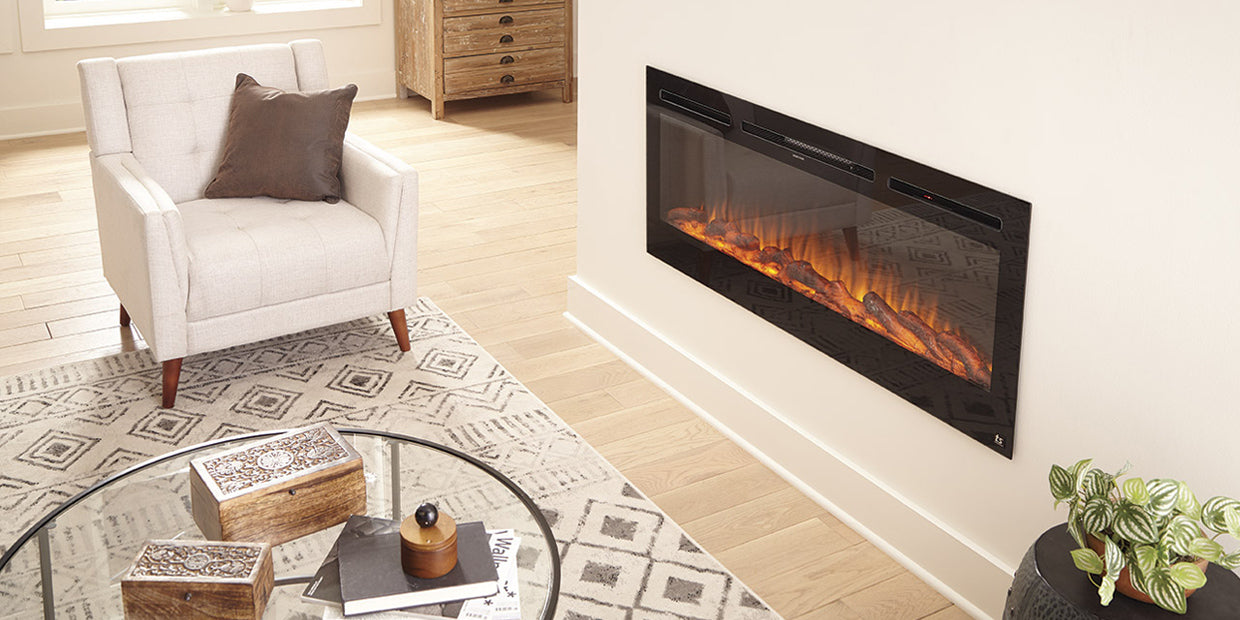
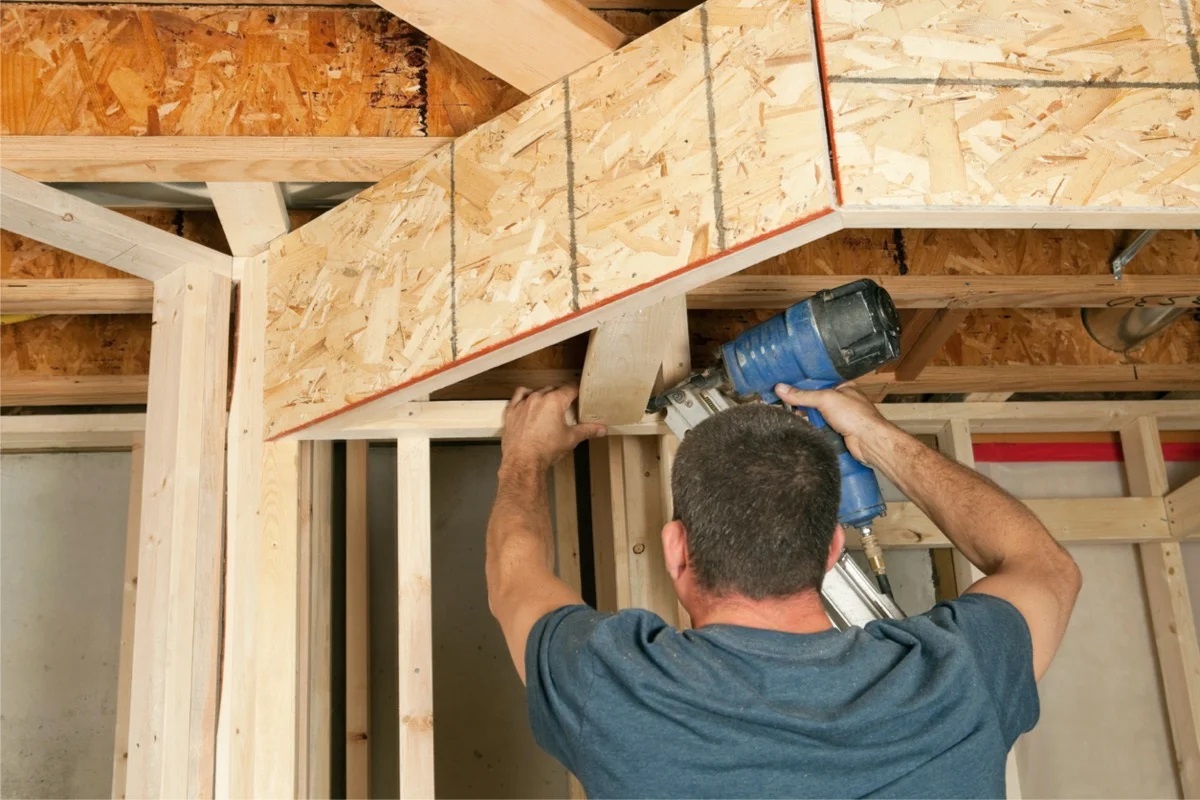
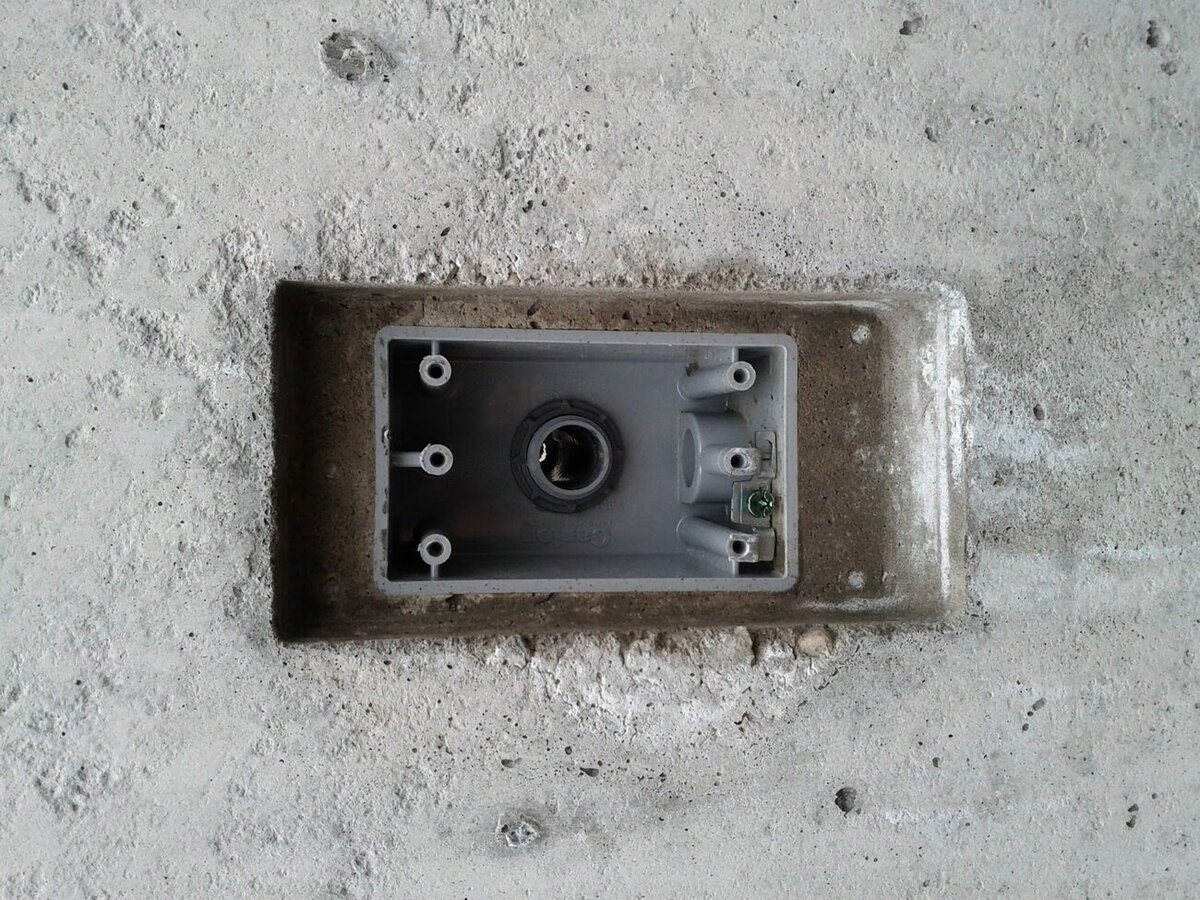
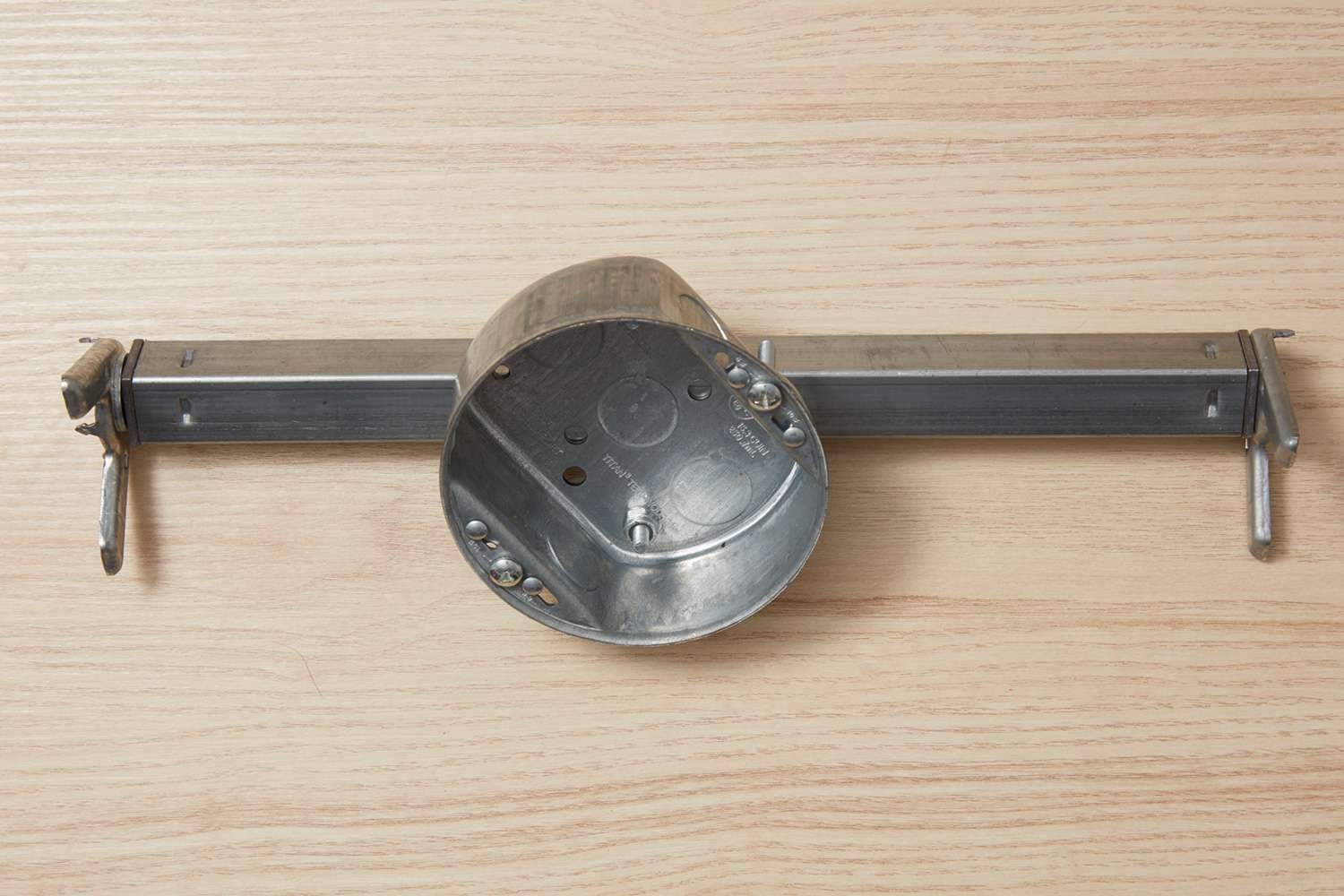
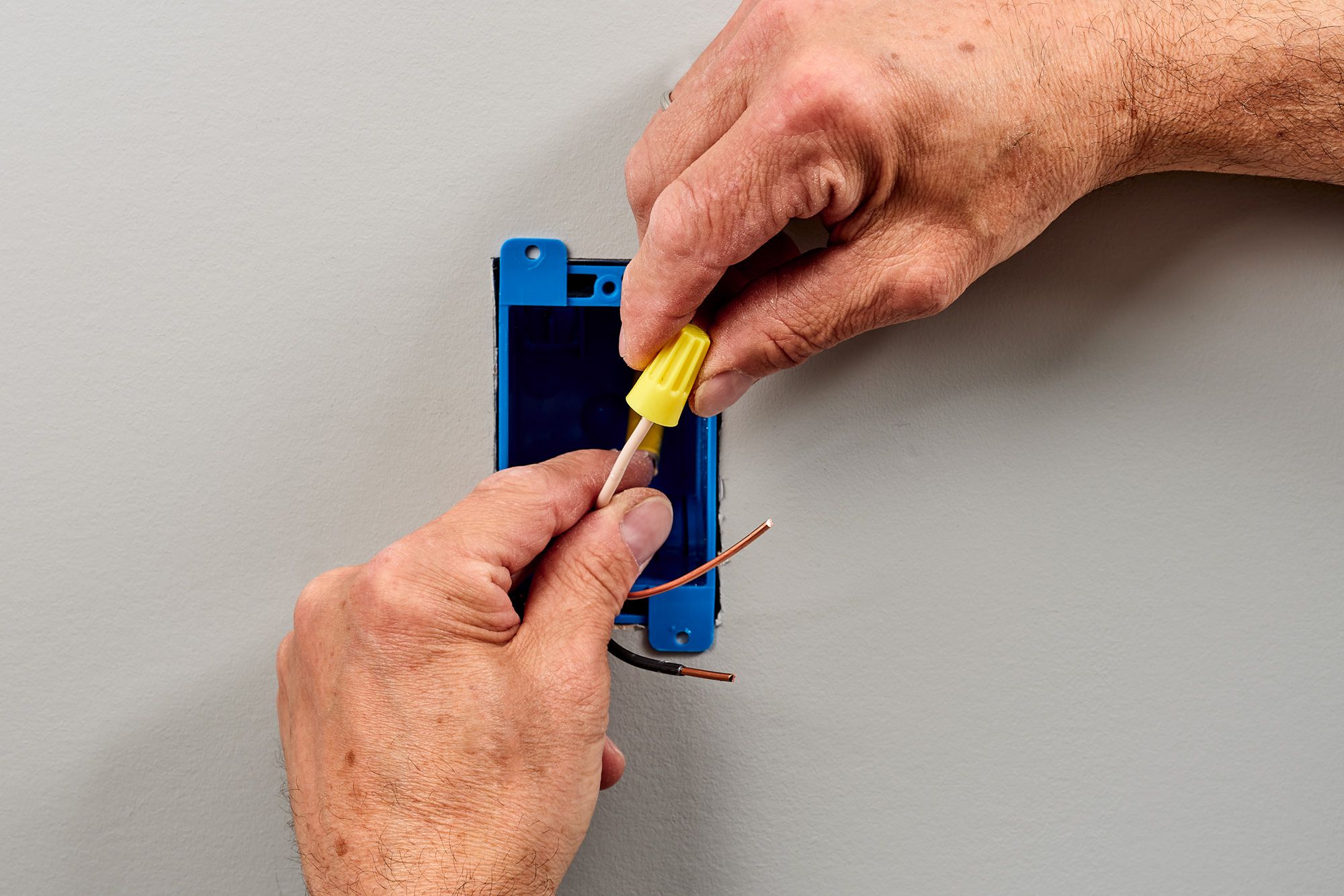
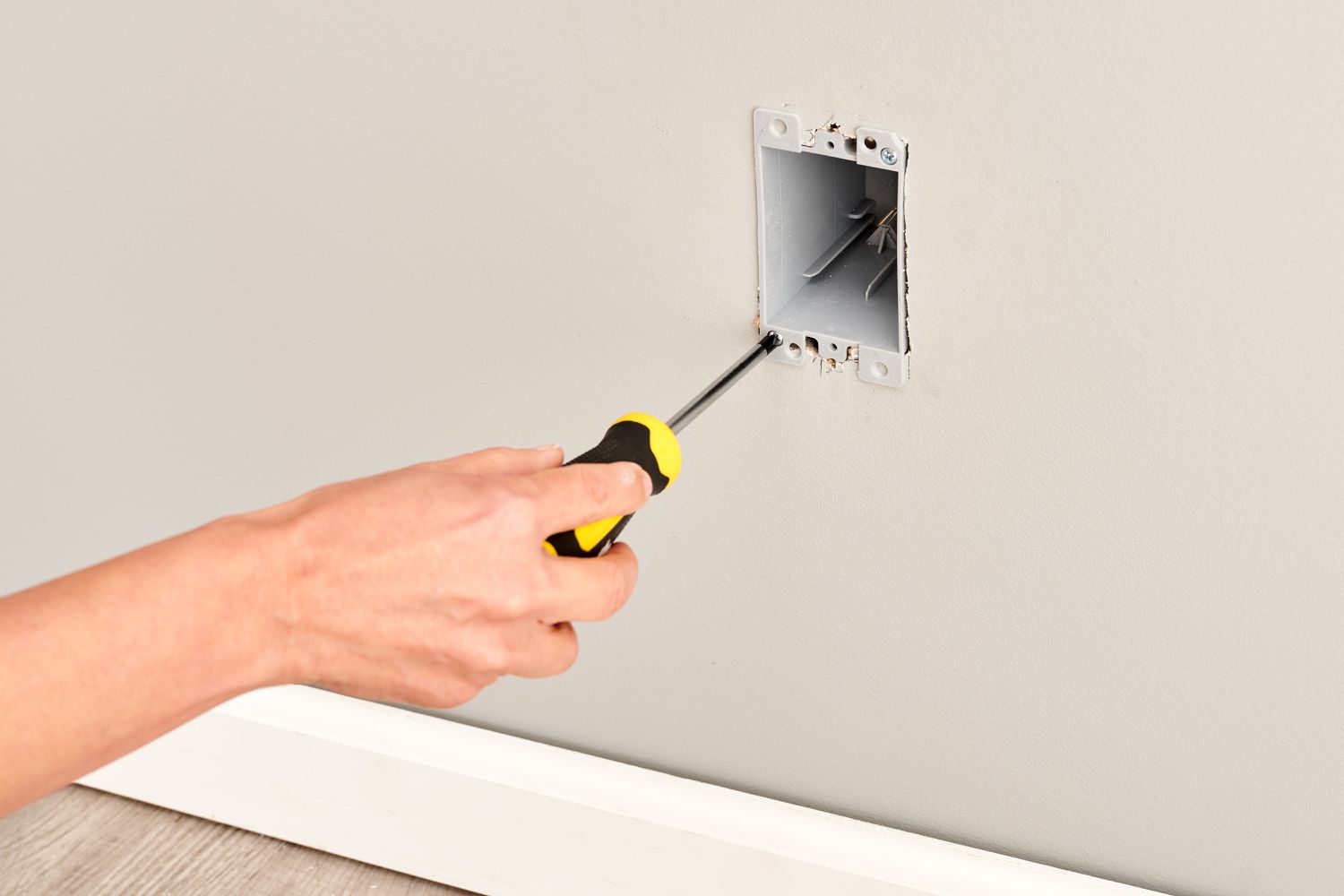
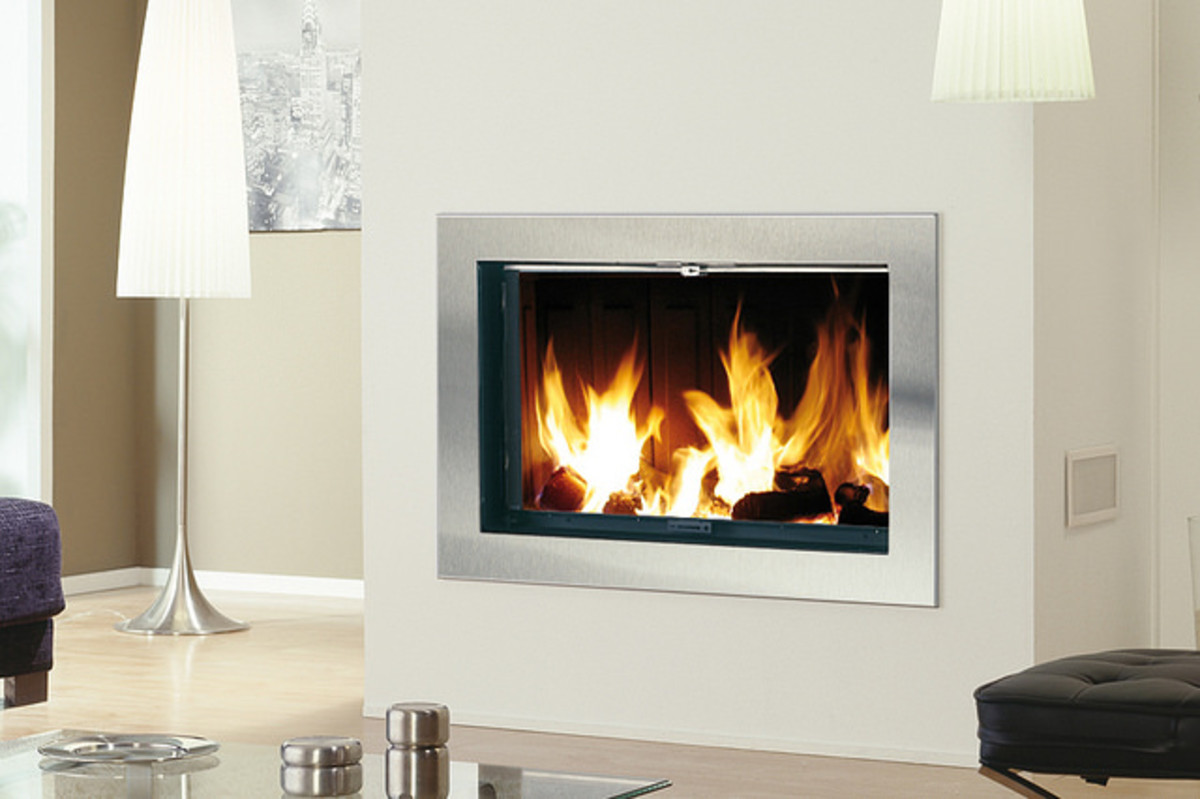
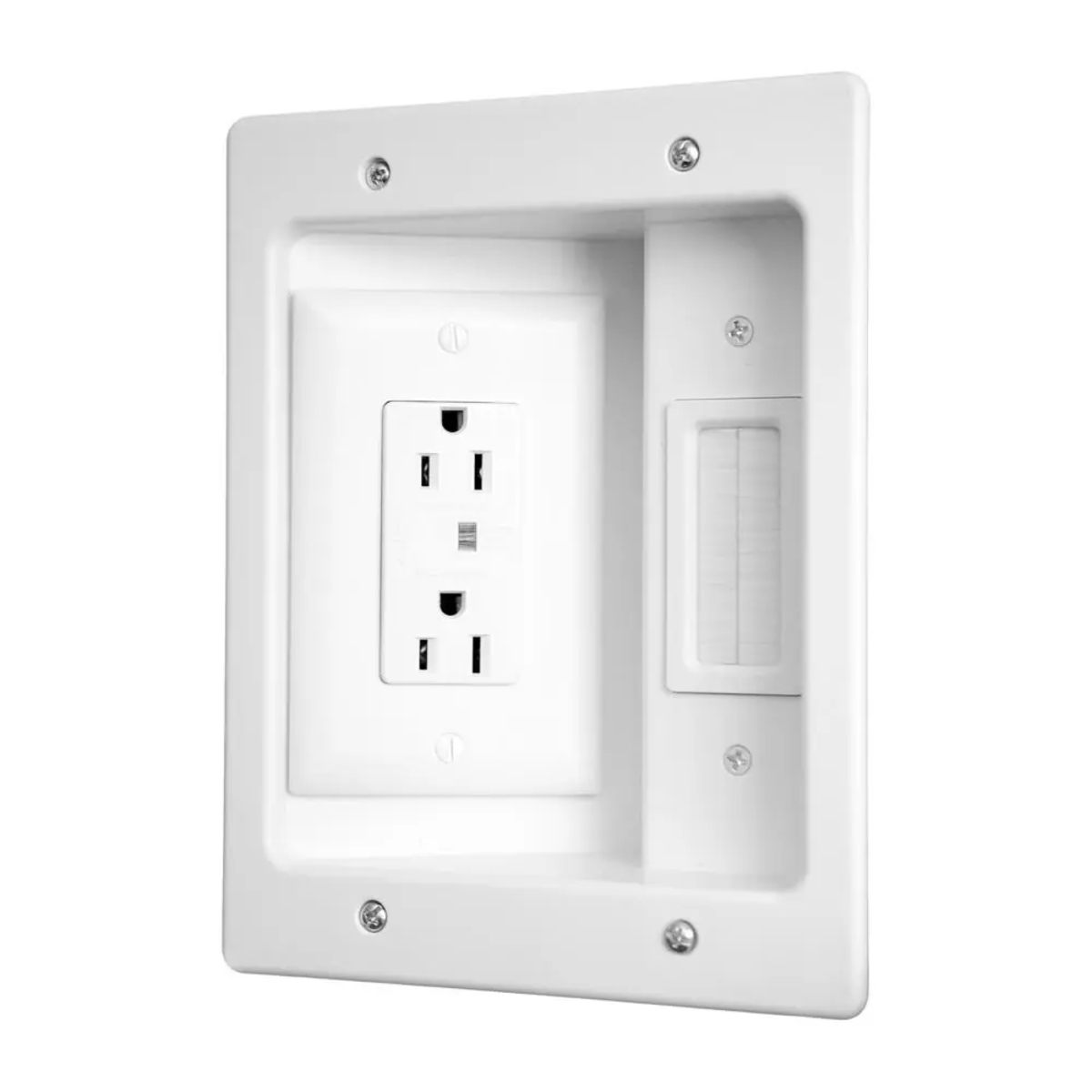
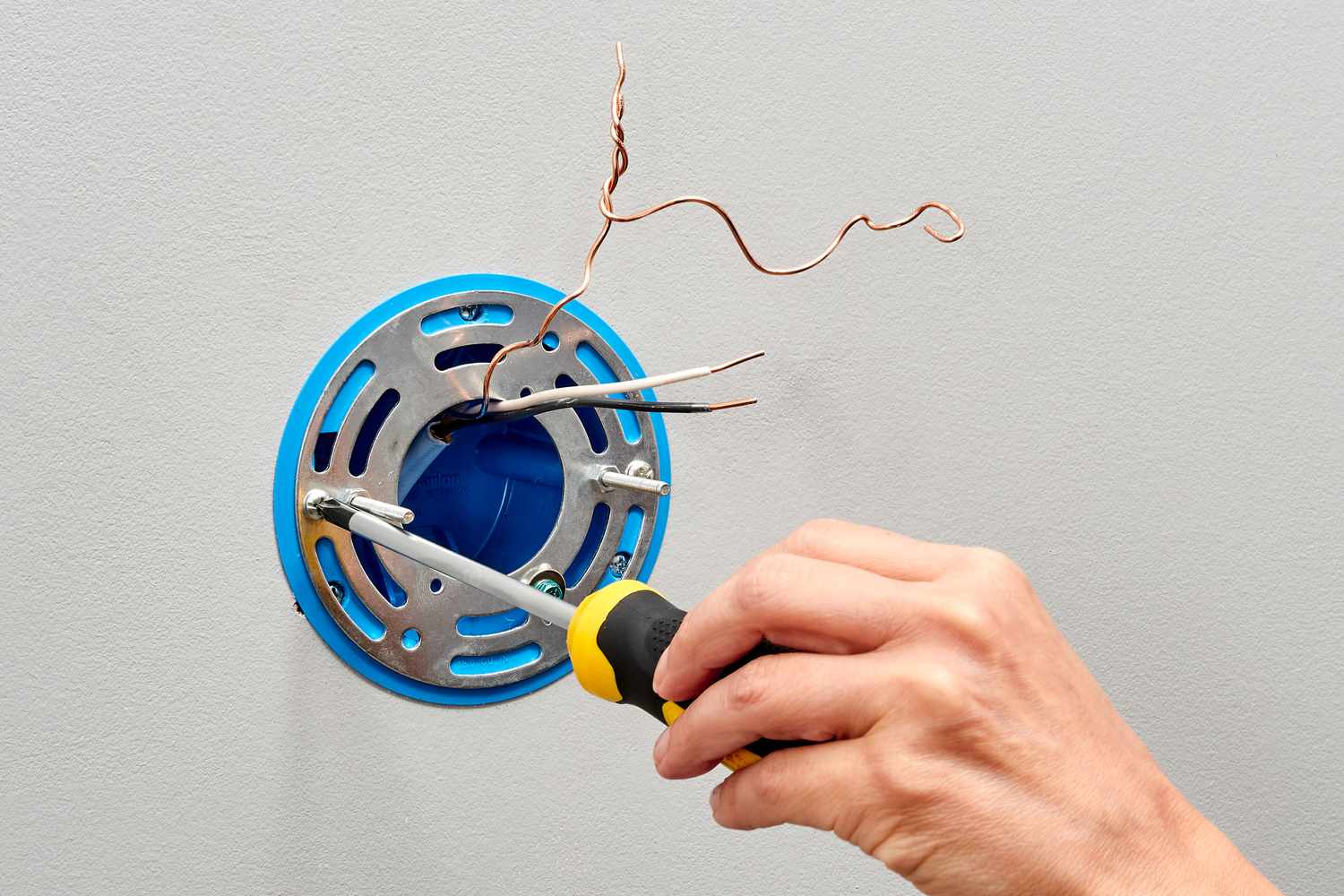
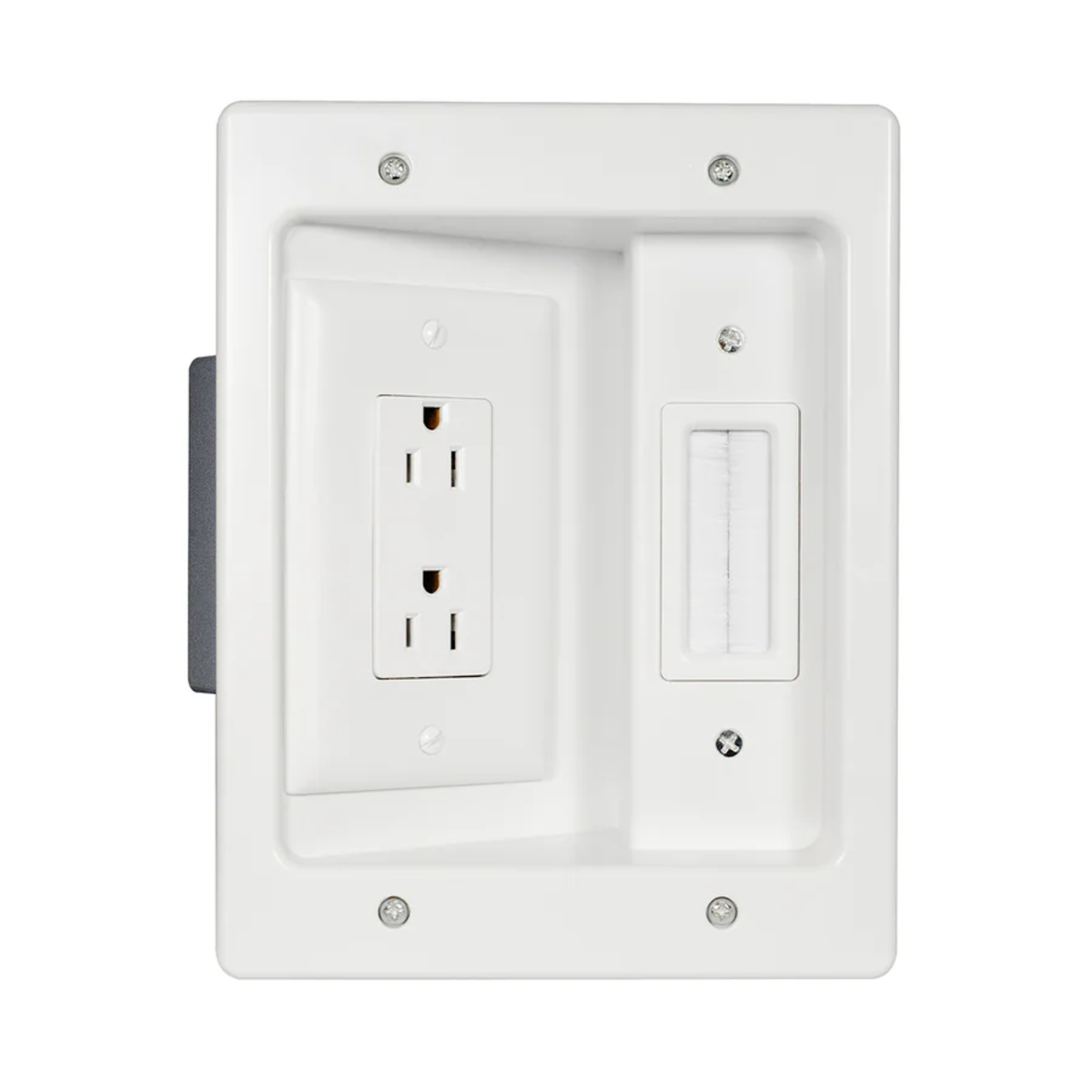
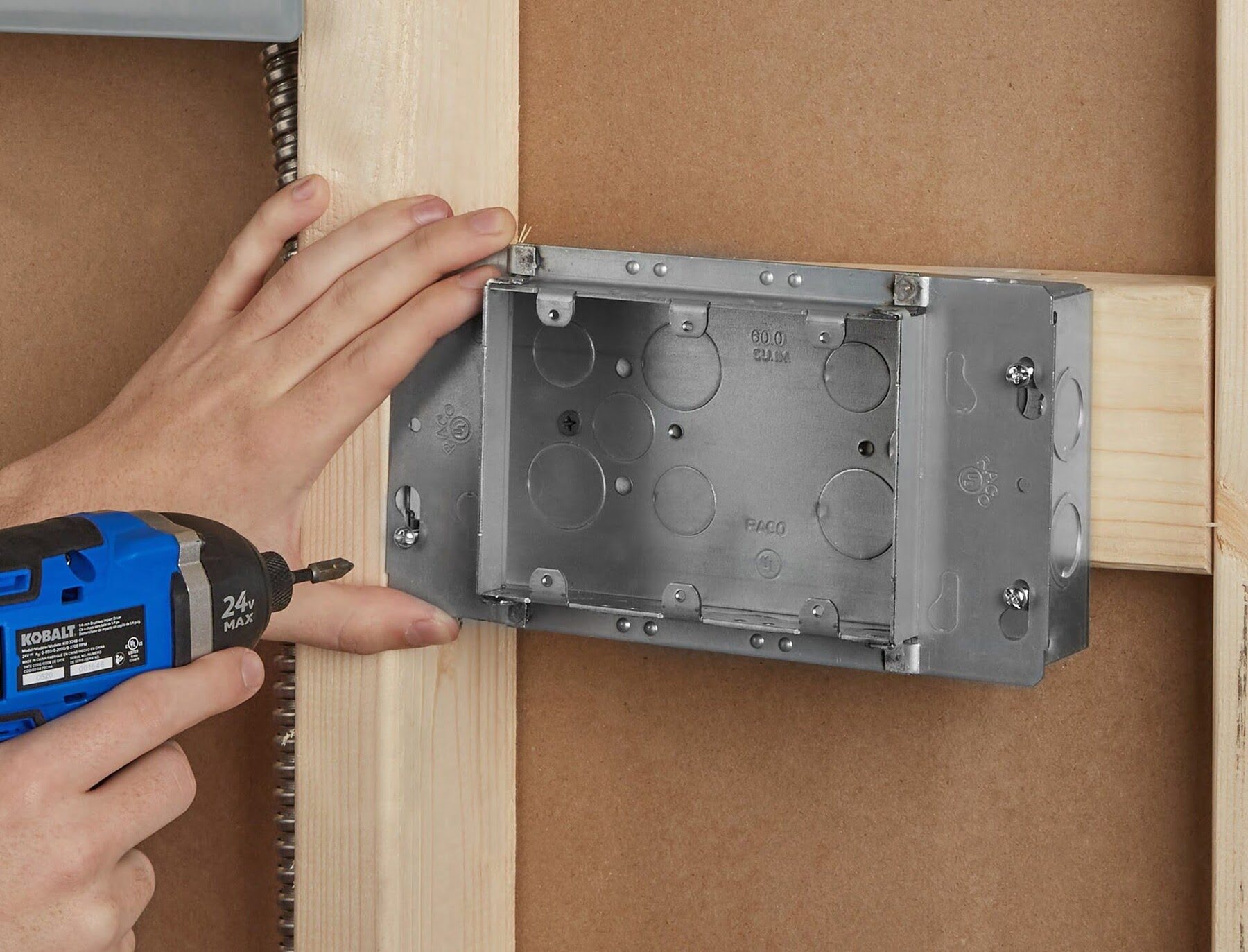
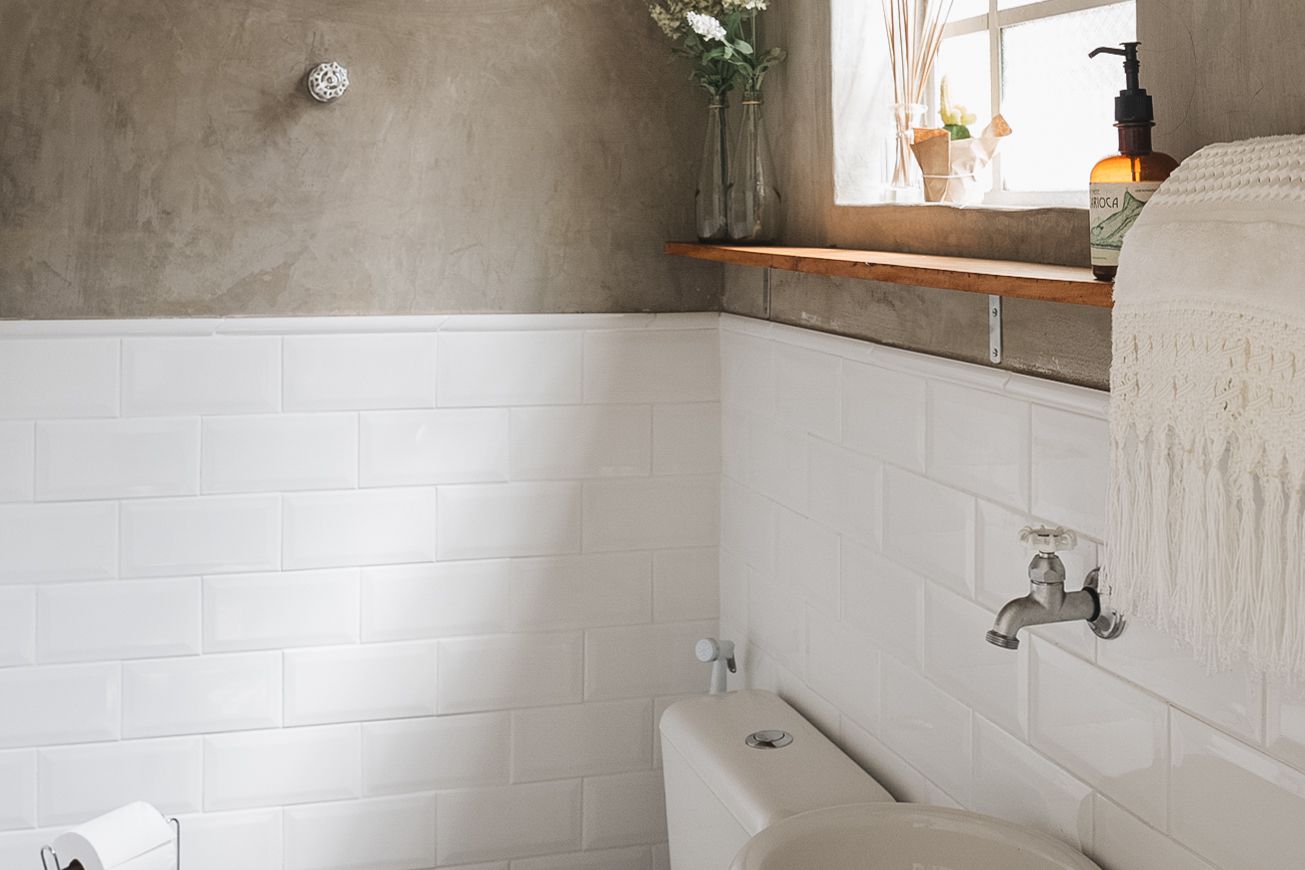
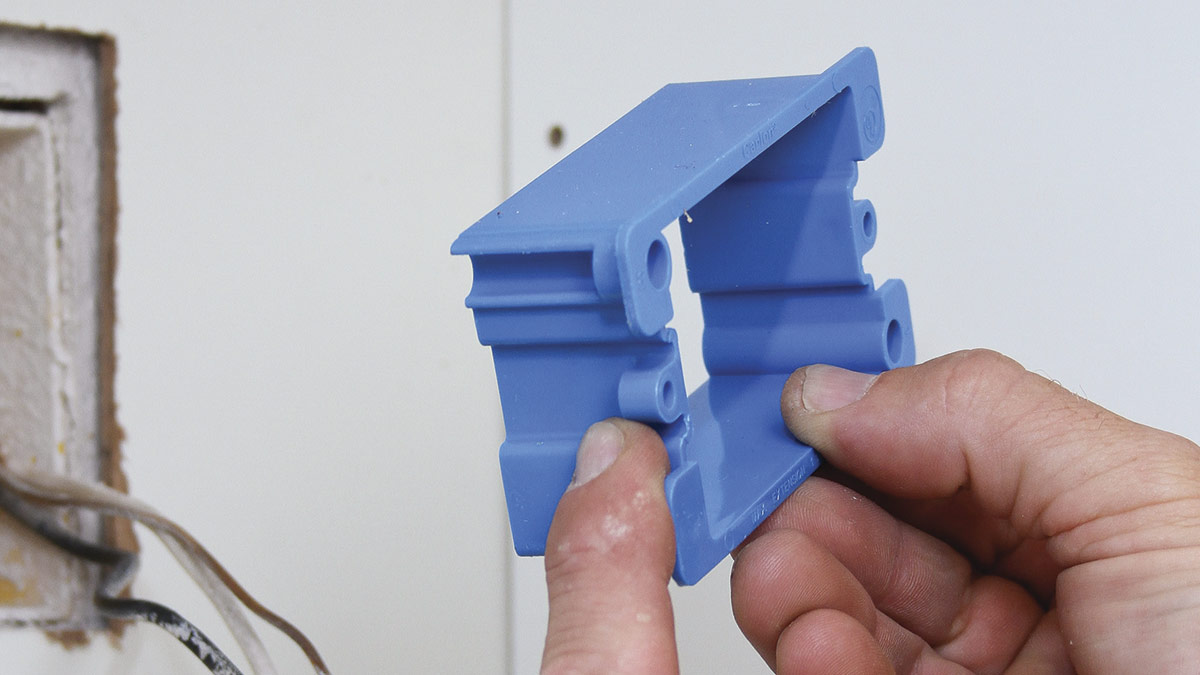

0 thoughts on “How To Install An Electrical Box In A Finished Wall”